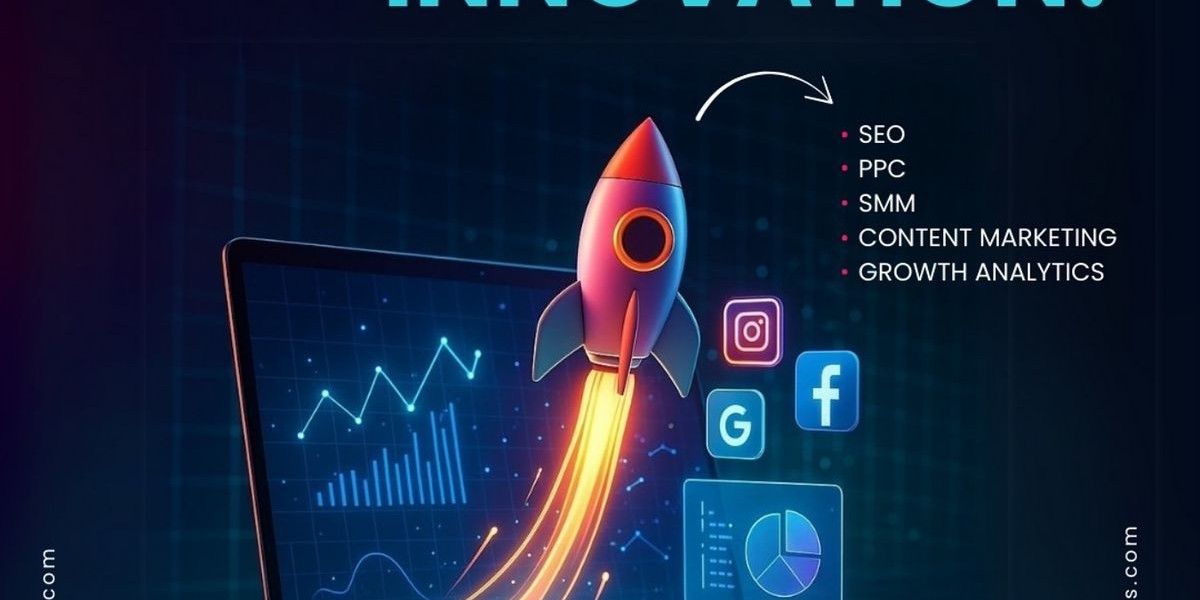Small changes to your storefront can have outsized effects on revenue. This guide explains common pitfalls, real fixes, and a Lahore-based case study to help merchants turn traffic into paying customers without wasting ad spend.
Problem: Why Good Stores Fail to Grow
Most merchants know they need traffic. Few consider what happens once customers arrive. A store that looks lovely but loads slowly, has a cluttered checkout, or uses incompatible apps will lose visitors before the first purchase is made. That loss doesn’t show up on creative briefs or ad reports, but it appears clearly in abandoned carts and short session times.
A lot of loss comes from simple, avoidable issues: bloated themes, oversized images, too many scripts, or a checkout that forces extra steps. These are not cosmetic problems. They directly affect conversions, trust, and your ability to scale.
Agitate: The Real Cost of Overlooking Performance
When a visitor leaves, that abandoned session is more than a missed sale — it is a broken relationship. Repeat customers rarely return after a clunky experience. For small and mid-sized shops, each lost sale can mean delayed payroll, missed inventory turns, or wasted advertising dollars.
Local stores in Lahore feel this sharply. Shoppers move fast; they try a store once and quickly decide whether to return. Poor online experience reflects on the brand and the physical shop. That damage compounds over months and eventually forces owners to rely more on discounts and less on margin.
Beyond revenue, slow stores hamper marketing intelligence. If load times cause users to drop off, your conversion data becomes noisy. This makes A/B testing less reliable and hides what merchandising changes actually work.
Solution: How Experienced Teams Fix the Common Failures
Fixing an underperforming store is methodical. Our shopify experts begin with a full audit, spotting the easiest wins and the deep technical fixes. From there, changes are prioritized by impact and risk so the site improves steadily without downtime.
What a practical optimization plan includes
Audit of page load, scripts, and app usage.
Image and media compression, lazy loading where appropriate.
Streamlining the theme and removing unused code.
Cache layers, and where useful, a content delivery framework.
Checkout simplification and testing of payment flows.
These steps are not one-off tweaks. They are part of a disciplined approach to shopify website development and maintenance that keeps performance high as a store grows. By combining design decisions with technical tuning, the user experience improves and conversion metrics follow.
Technical areas we check in detail
A thorough review looks at both front-end and server-side elements:
Theme structure and Liquid templates: reducing render-blocking code and simplifying loops that query products.
App behavior: replacing multiple point apps with a single, integrated solution when possible.
Third-party scripts: deferring analytics pixels and ad scripts so they don’t block the first paint.
Server response: ensuring the host’s configuration supports quick TLS handshakes and low Time-To-First-Byte.
Small changes in code and hosting can shave seconds off load times; those seconds translate to higher conversion rates.
Case Study: Turning Around a Boutique in Gulberg, Lahore
A mid-sized clothing boutique on Gulberg’s bustling Liberty Market had a two-floor retail shop and a small storage mezzanine above. The owner invested in professional photography and a premium theme, but online orders lagged. On peak evenings the site slowed so much that customers reported timeouts during checkout.
We conducted a hands-on review. Major findings:
Product images were uploaded at full camera resolution.
Several apps duplicated functionality and loaded external scripts.
The theme used a heavy slider script and inline fonts that blocked rendering.
Intervention steps:
Replaced large images with compressed versions and enabled adaptive sizing for mobile.
Removed redundant apps and combined necessary scripts to load asynchronously.
Swapped the slider for a lightweight gallery and deferred non-critical fonts.Tested local payment gateway flows (including streamlined cash-on-delivery steps for regional customers) and simplified the checkout flow.
After two weeks the measured improvements were clear. Page load dropped from around 8 seconds to roughly 2.8 seconds on typical mobile connections. The boutique saw completed checkouts increase by about 38% in the following month, and average session duration climbed noticeably. Staff reported fewer customer calls about site errors, freeing time to focus on inventory and in-store service.
One small change—shrinking product image sizes—reduced hosting costs for the store while improving speed. That alone offset the optimization fee within the first 45 days. Faster pages also meant more customers mentioned the website when they visited in person, reinforcing both online and offline sales.
Key metrics to watch
Monitoring performance is simple when you focus on the right numbers:
Page Load Time (First Contentful Paint and Largest Contentful Paint)
Conversion Rate (sessions to completed orders)
Cart Abandonment RateAverage Order Value
Repeat Purchase Rate
These KPIs show whether technical changes are having business impact. Track them weekly after any optimization to ensure gains are steady.
Practical Advice for Store Owners
You don’t need to be a developer to make useful changes. Start with these clear steps:
Keep product images under 200 KB when possible and use WebP where supported.
Review installed apps quarterly and remove anything unused.
Choose a theme that favors speed over flashy features.
Test checkout on multiple devices and remove any unnecessary fields.
Use a reliable host and consider a CDN if you have customers outside your city.
Run a simple speed report monthly and log changes you make.
If these sound familiar but time is tight, a short technical audit by professionals will highlight priorities and quick wins.
Why Professional Help Often Pays for Itself
DIY fixes can help, but deeper gains require experience. Our specialists combine hands-on coding with a business-first mindset. When we link performance work to sales goals, optimization becomes measurable: fewer drops in checkout, higher average order value, and more repeat customers.
Bringing this all together, our shopify experts lead the technical side while ensuring the store’s UX remains clear. That same team manages shopify website development projects end-to-end, so the improvements persist rather than regress after a few weeks.
When to Act and How to Start
If your analytics show low conversion despite steady traffic, act now. Small delays compound quickly. Start with an audit, prioritize fixes that reduce friction in checkout, and measure results. It’s surprising how often a handful of technical changes outperforms a new ad campaign.
Next steps to consider:
Schedule a 30–60 minute audit with someone who understands both marketing and code.
Request a clear list of changes with estimated impact.
Ask for staged implementation to avoid downtime.
Conclusion and Call to Action
A fast, dependable store is a competitive edge. For merchants who want growth without guesswork, focusing on performance is the single most practical move available. If you’re ready to stop losing sales to slow pages, let our team review your setup and show a clear plan.
Reach out today to book a focused audit and get a prioritized roadmap for improvements. Whether you need a targeted tune-up or full shopify website development, prompt action can start earning back the ad dollars you already spend.








